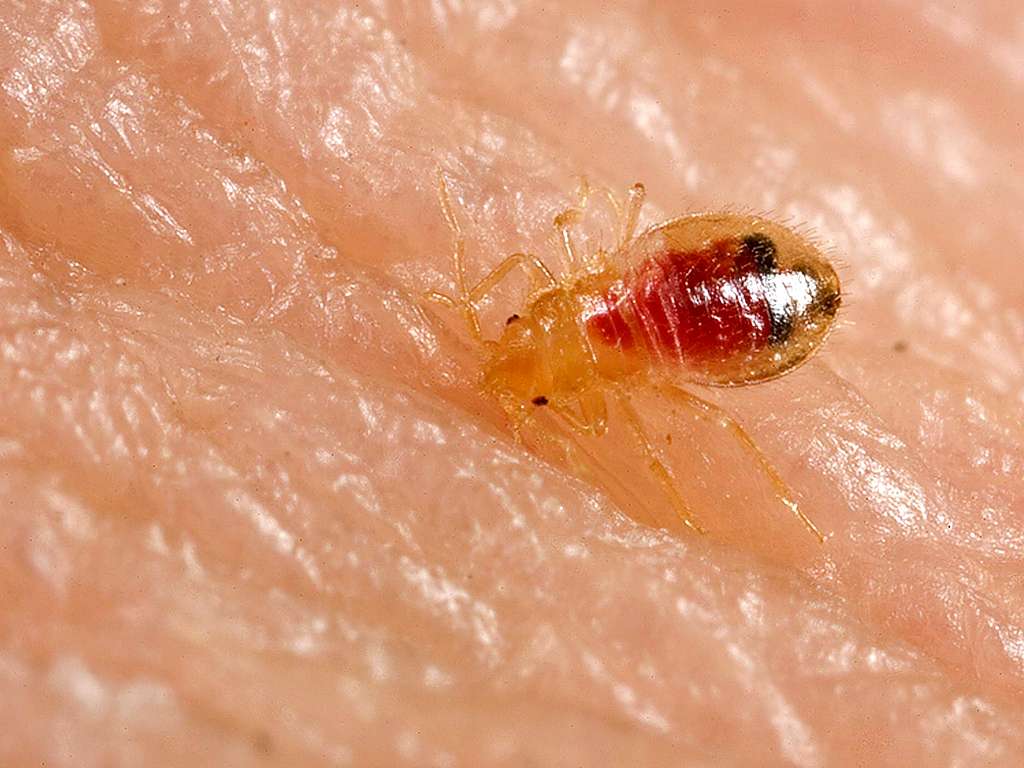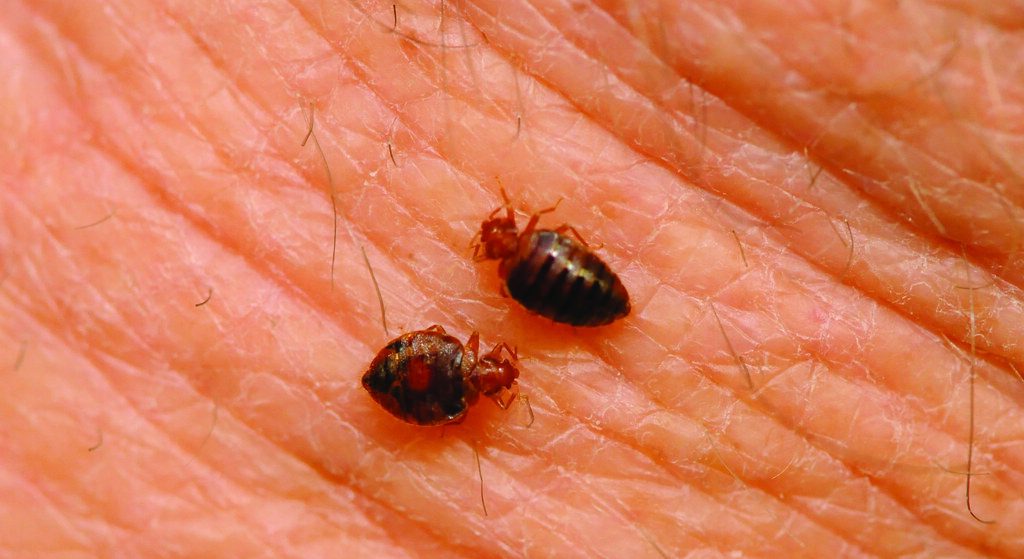Bed bugs reproduce infest homes very quickly. Understanding how these pests reproduce is key to controlling and preventing infestations. This article will explain the reproduction process of bed bugs and how fast they can multiply.

 Myths and Facts About Bed Bug Reproduction
Myths and Facts About Bed Bug Reproduction
Reproduction Process of Bed Bugs
Bed bugs reproduce through traumatic insemination. Unlike most insects, bed bugs do not have a conventional mating process. Instead, the male bed bug pierces the female’s abdomen with its specialized reproductive organ, depositing sperm directly into her body cavity. This method is unique and allows for the fertilization of eggs even if the female has not recently fed. Once the female is fertilized, she begins to lay eggs. Female bed bugs has the ability to lay up to 250 eggs in her lifetime. These eggs are tiny, about the size of a grain of salt, and are often laid in hidden crevices, such as cracks in walls, furniture seams, or mattress folds. The eggs are sticky, which helps them adhere to surfaces and remain out of sight.
How Fast Do Bed Bugs Reproduce?
The speed at which bed bugs reproduce is alarming. The life cycle of a bed bug is about five to six weeks long under optimal conditions. Their life cycle has several stages:- Egg Stage: After being laid, bed bug eggs hatch within 6 to 10 days. The temperature and humidity levels can affect this time frame, with warmer conditions speeding up the hatching process.
- Nymph Stage: The bed bug nymphs go through five molting stages after hatching before reaching adulthood. During each stage, they must feed on blood to grow. It is hard to detect Nymphs as they are lighter in color and smaller than adults.
- Adult Stage: After the final molt, bed bugs become adults and are capable of reproducing. An adult bed bug generally lives for several months and produces numerous offspring during that time.
Advice for Controlling Bed Bug Reproduction
Preventing bed bugs from reproducing is crucial to controlling an infestation. Here are some practical steps you can take:- Regular Inspections: Regularly inspect of areas where bed bugs are likely to hide, such as mattresses, bed frames, and furniture cracks.
- Heat Treatment: Since bed bugs thrive in certain temperature ranges, using heat treatments on infested items can kill eggs, nymphs, and adults.
- Encase Mattresses: Using mattress encasements can help prevent bed bugs from hiding and reproducing in your bed.
- Professional Pest Control:It’s best to contact a pest control experts if you suspect a bed bug infestation. They can implement strategies that target all stages of the bed bug life cycle.
 Myths and Facts About Bed Bug Reproduction
Myths and Facts About Bed Bug Reproduction
| Myths | Facts |
| Bed bugs only reproduce in dirty environments. | Bed bugs can reproduce in any environment, clean or dirty. |
| Bed bugs die off in cold weather. | Bed bugs can survive and reproduce indoors year-round. |
| Bed bugs lay eggs in human skin. | Bed bugs lay eggs in hidden areas, not on humans. |
| All bed bugs in an infestation reproduce. | Only adult bed bugs are capable of reproduction. |
| Bed bugs reproduce slowly, making infestations easy to control. | Bed bugs reproduce rapidly, making infestations challenging to control. |




